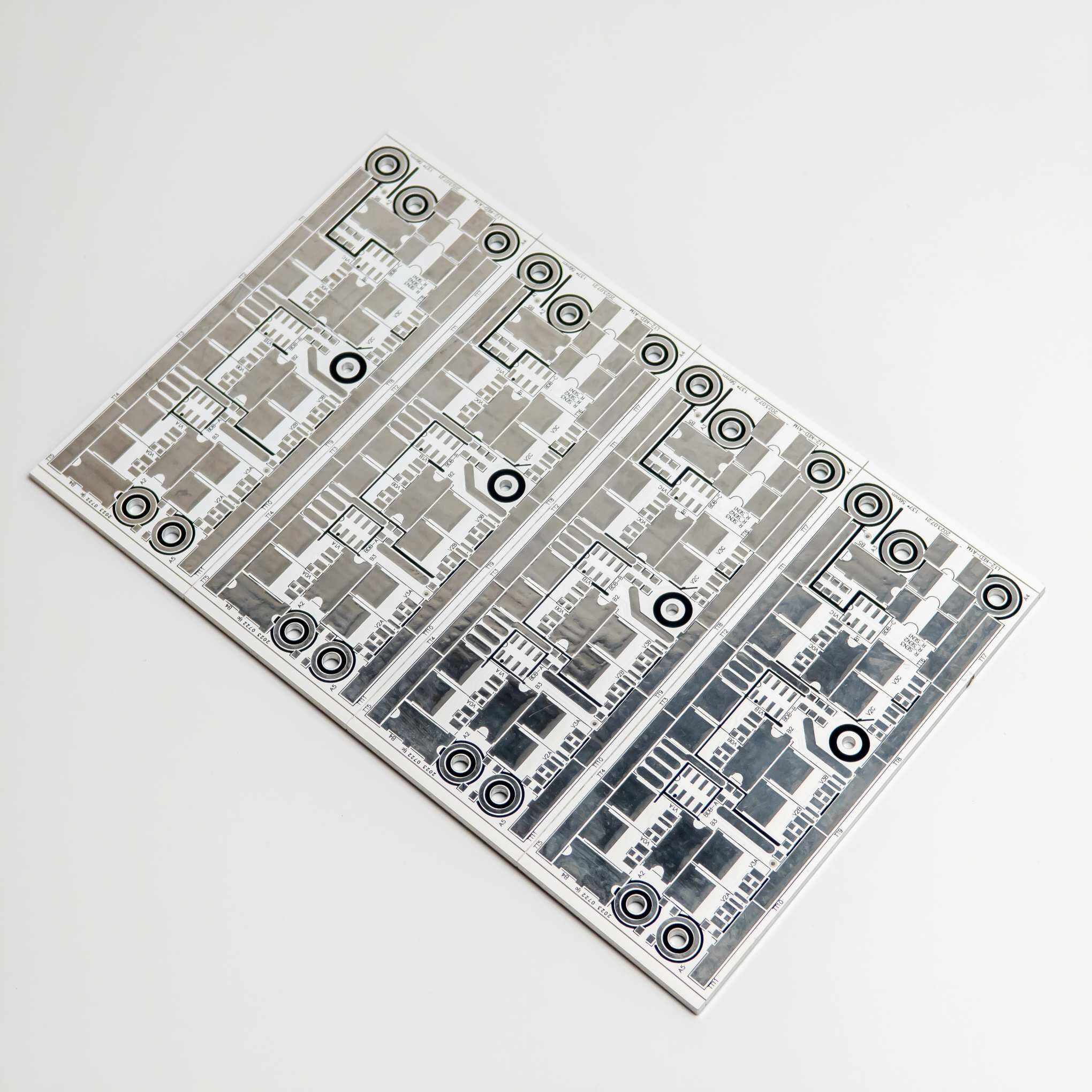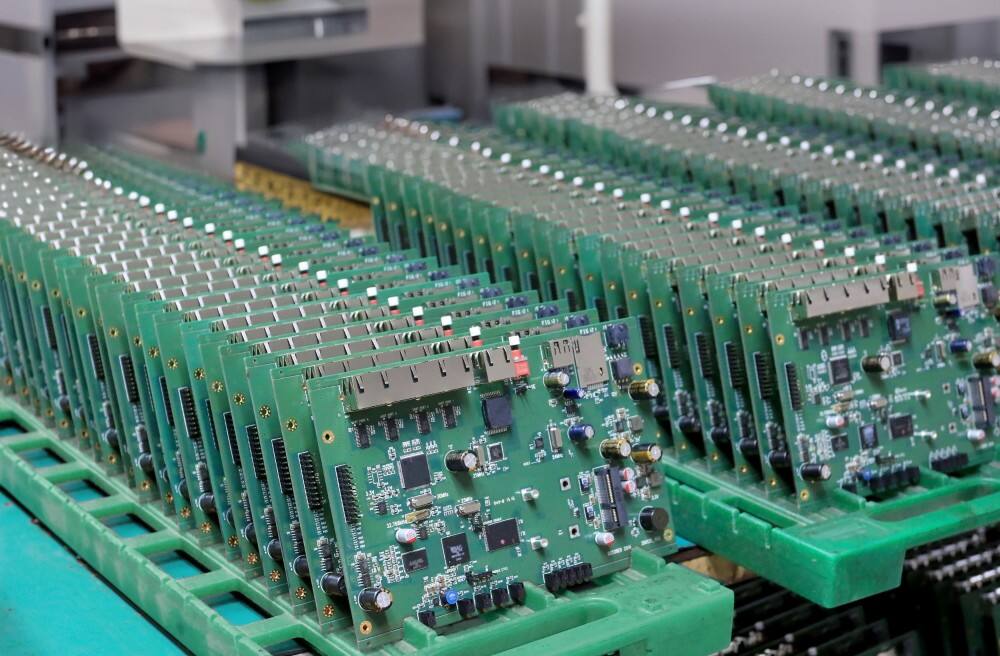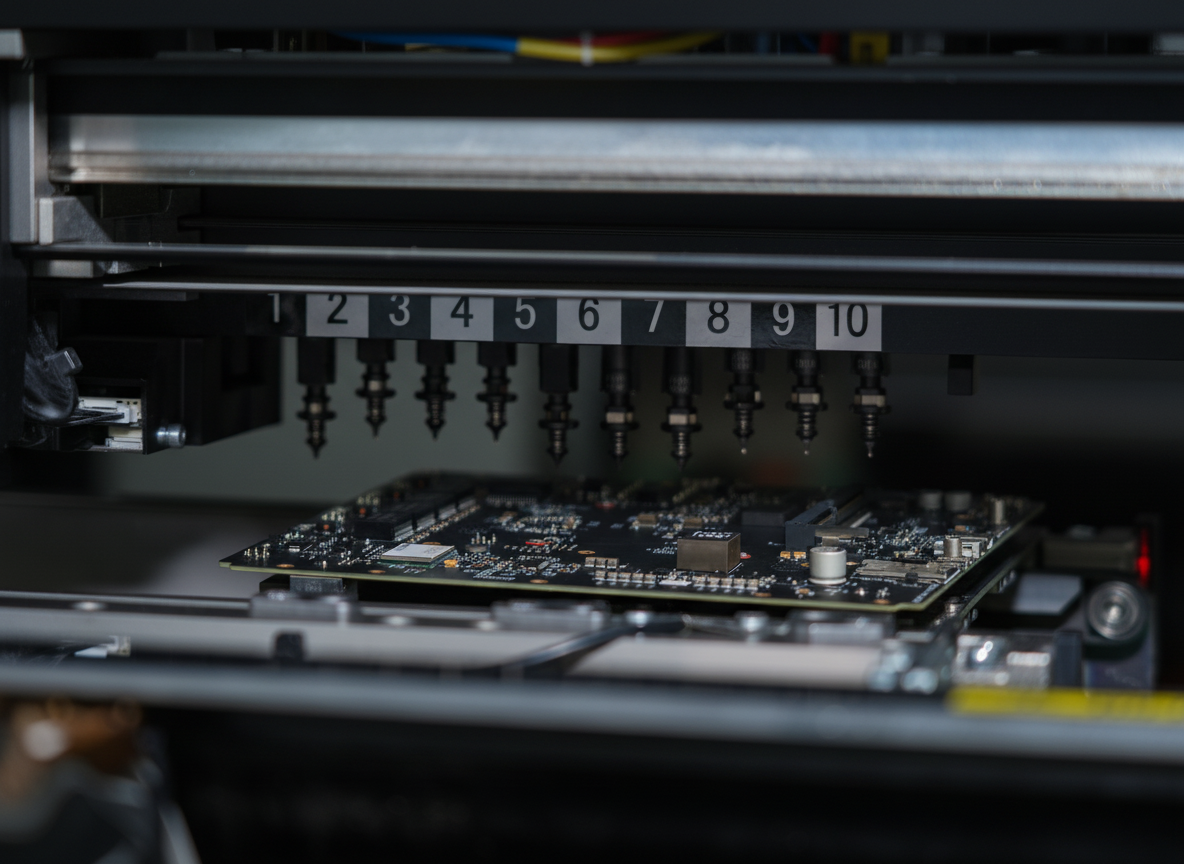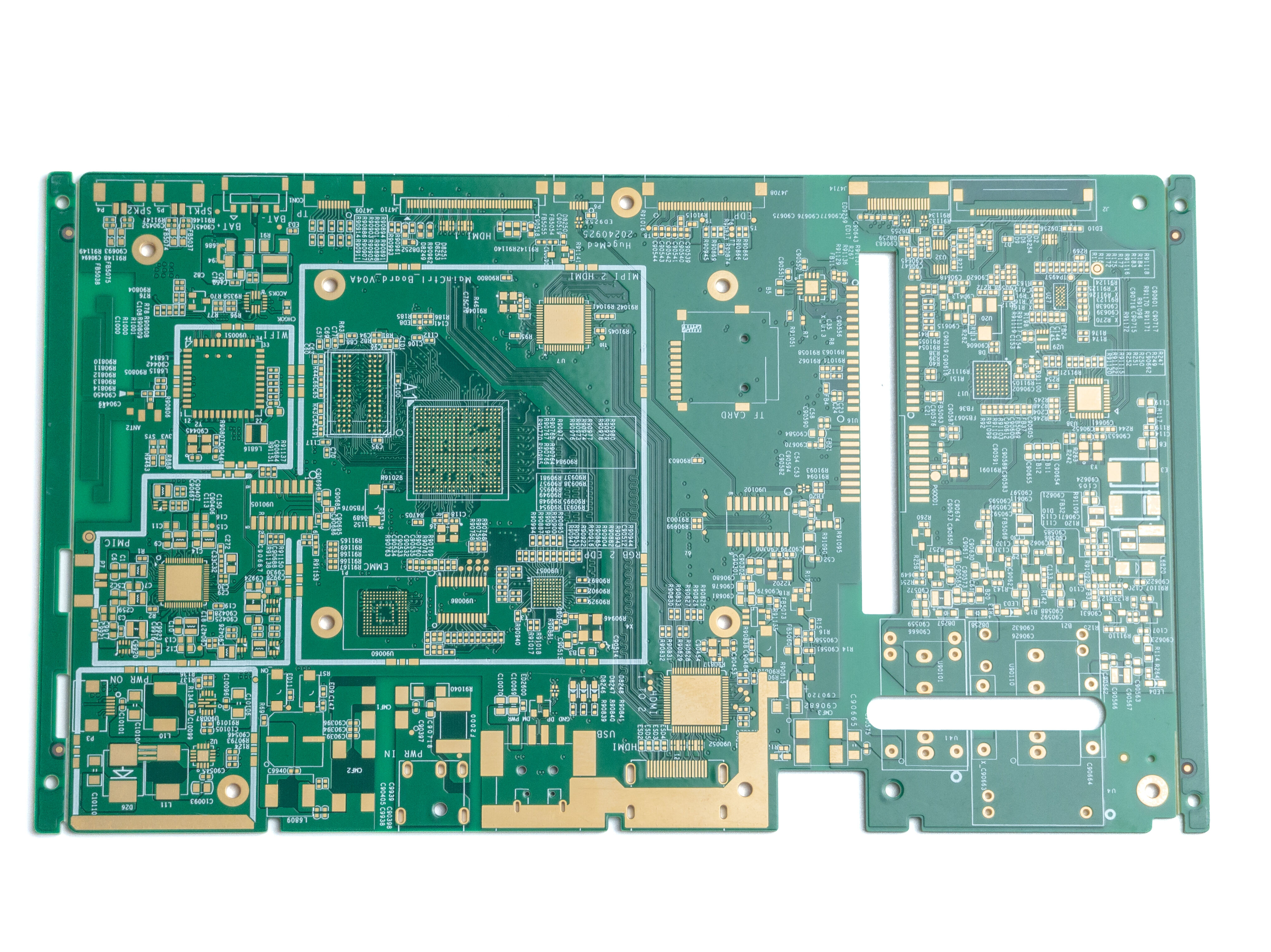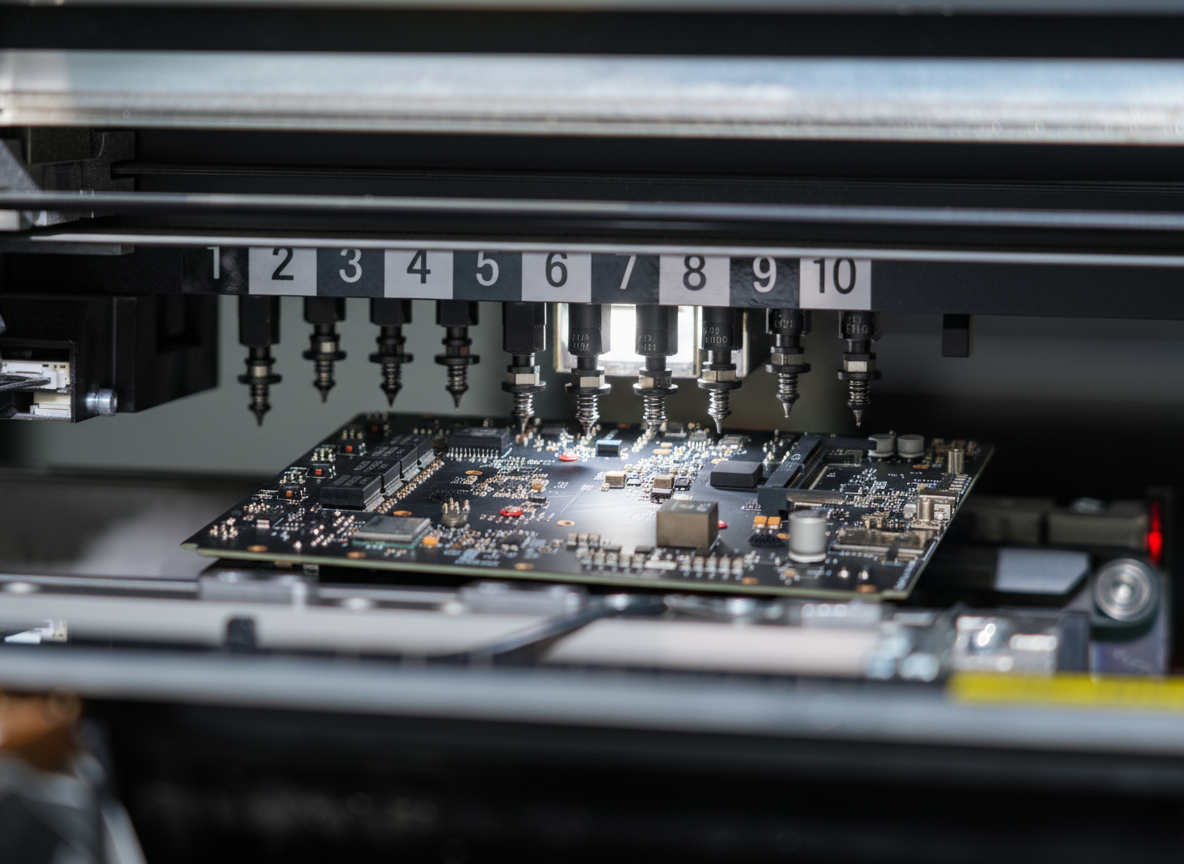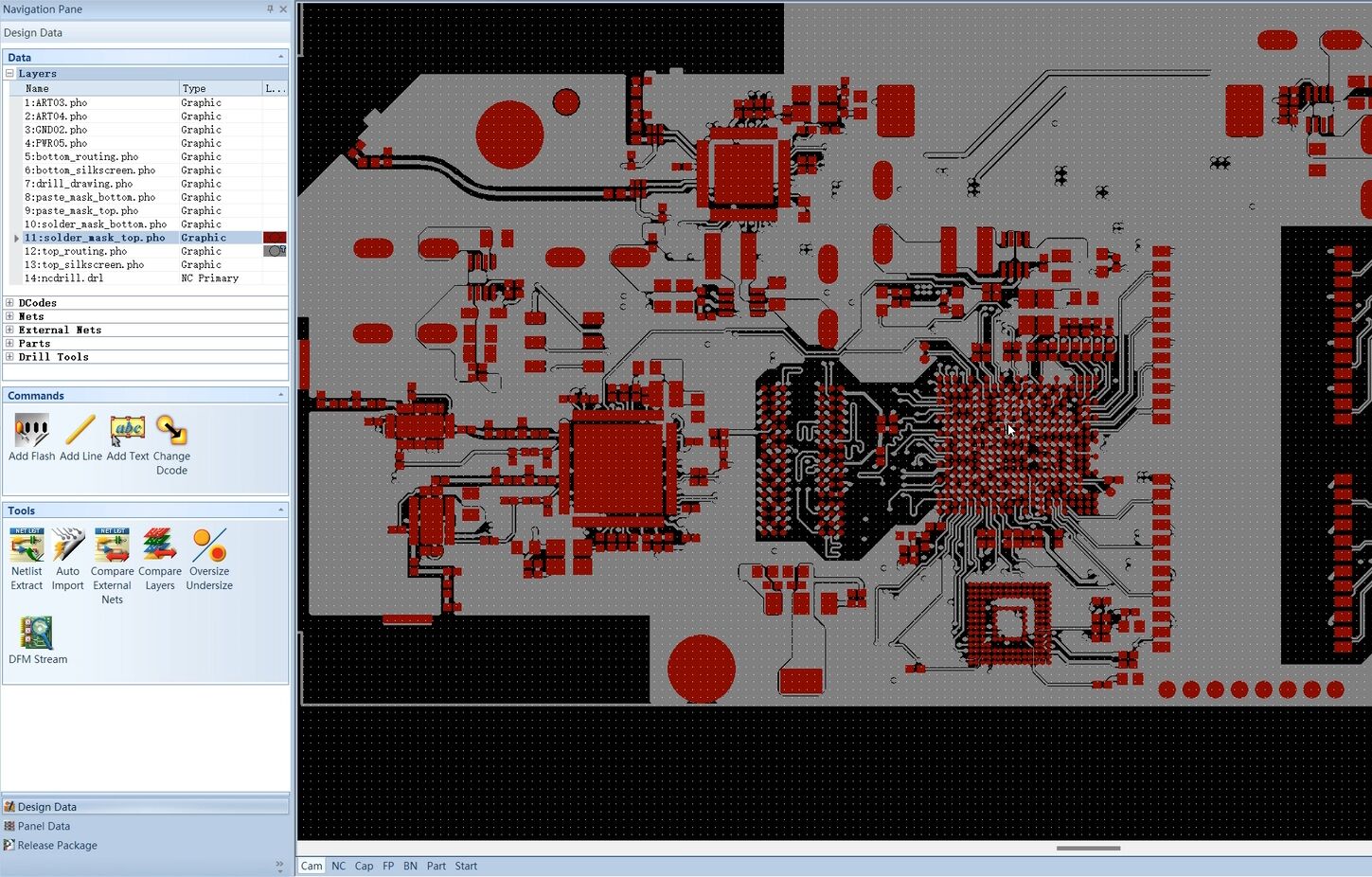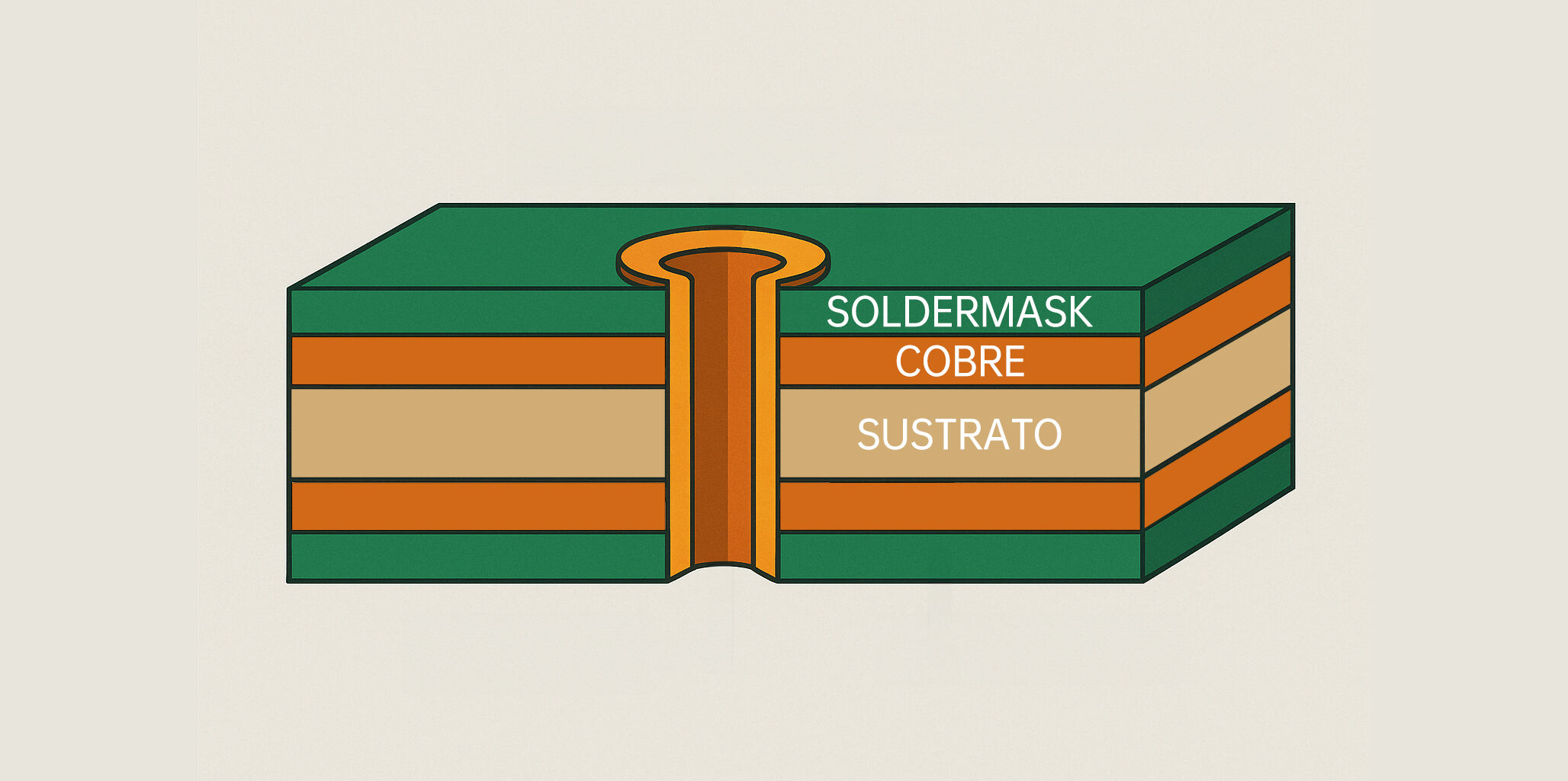aluminum printed circuit boards
Aluminum printed circuit boards (PCBs) represent a significant advancement in electronic component manufacturing, combining the durability of aluminum with sophisticated circuit design capabilities. These specialized PCBs feature a thermally conductive aluminum base layer that serves as both a structural support and an efficient heat dissipation mechanism. The construction typically consists of a high-grade aluminum substrate, followed by a dielectric layer for electrical isolation, and topped with a copper circuit layer for electrical conductivity. This unique layered structure enables superior thermal management, making aluminum PCBs particularly valuable in high-power applications. The boards can efficiently transfer heat away from sensitive electronic components, maintaining optimal operating temperatures and extending device lifespan. Their robust construction provides excellent mechanical strength while remaining lightweight, making them ideal for applications where durability and weight considerations are crucial. Aluminum PCBs have become increasingly prevalent in LED lighting systems, power supplies, automotive electronics, and industrial control equipment. Their ability to handle high current loads while maintaining thermal stability has made them essential in modern electronic design, particularly in applications where traditional FR4 PCBs would be inadequate. The manufacturing process involves specialized techniques that ensure proper adhesion between layers and precise circuit pattern formation, resulting in reliable and high-performance electronic assemblies.

